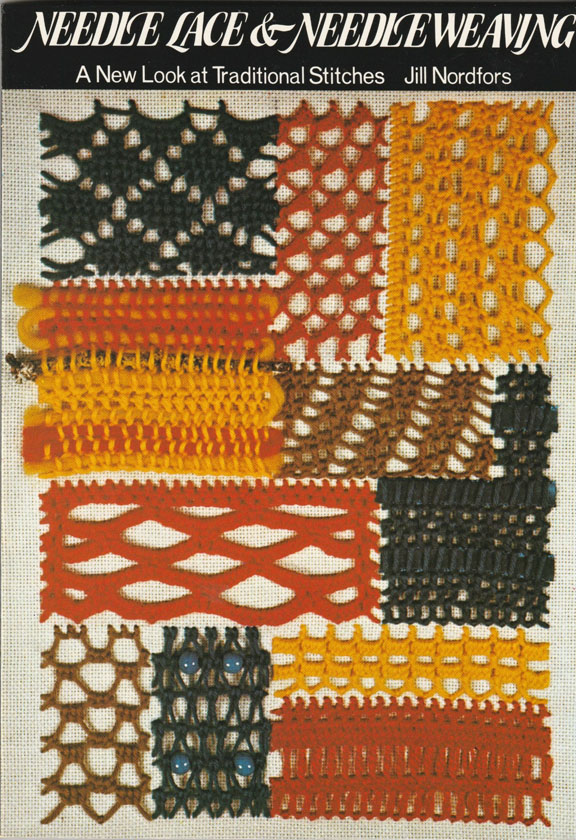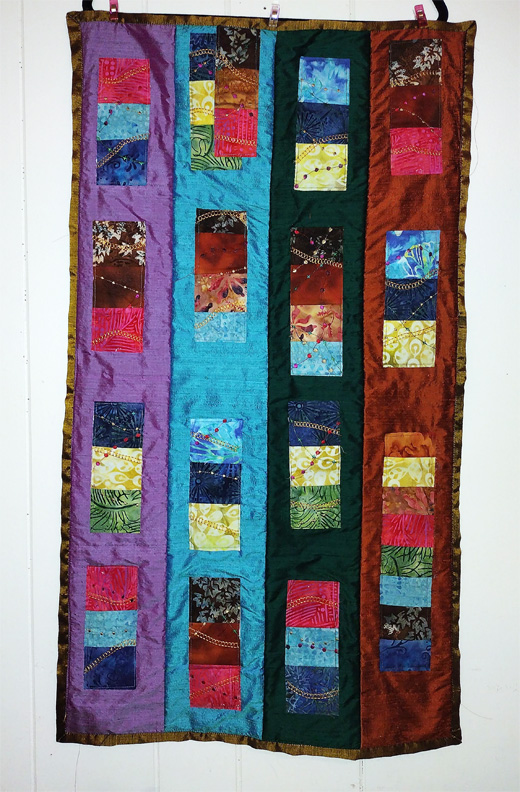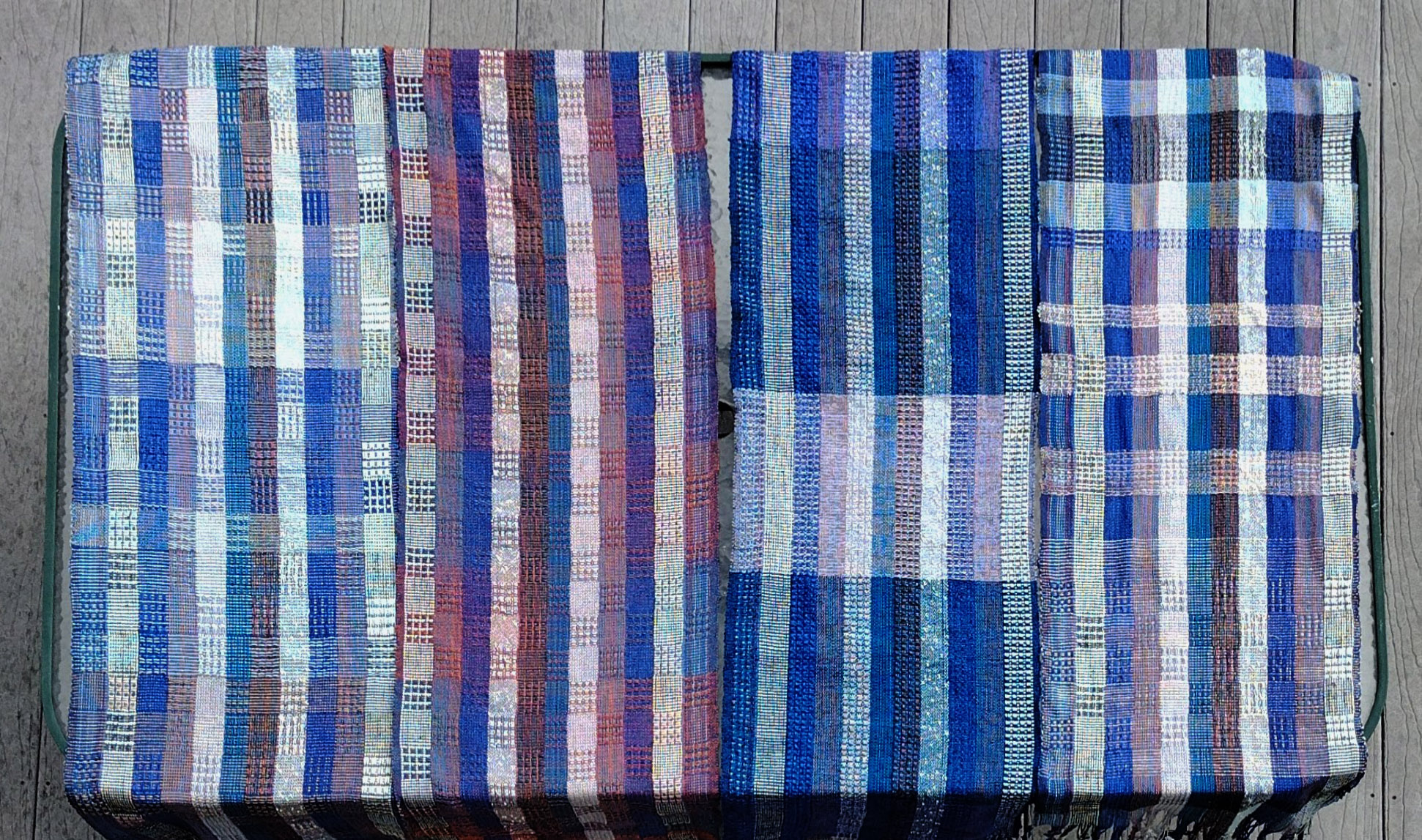Nature Photo Challenge #22: Tree Bark
The photo theme for the week of July 26, set by Denzil Nature, is “tree bark.”
I live on a timber property in East Texas. We have scads of Loblolly Pines, which grow well without needing much tending, and then about every fifteen years the tallest are selectively harvested to become things like utility poles, 2x4s, animal bedding, and paper. Then the younger trees grow into the gaps left by the harvested trees, and new seedlings spring up on their own.
So you would think I have all kinds of opportunities to take bark pictures. The trouble is, the bark on these trees is really boring.
Of the other species of trees that grow here, I think three of the native species have some interesting bark.
First is the Honey Locust, which is in the Legume family. Big thorns grow straight out of the trunk. (I thought maybe they would be classified as twigs, but the USDA reference book I checked mentions them with the bark.) There are also thorns on its branches, and it spreads easily by both seeds and runners, so this is not my favorite tree.

Honey Locust, Gleditsia tricanthos, with its spiny trunk. (A thorny vine, Greenbriar, is growing entangled with it.)
Second is the Sugar Hackberry, which is in the Elm Family. This tree is also not my favorite because the leaves tend to always look droopy and wilted, but the bark is beautiful, with lots of layered bumps. And it is very valuable for wildlife, providing food and cover.
Then we have the Winged Elm, which has flat wings with beautiful stripes, coming off the round twigs.
What I really like are the patterns that are seen under the bark. This is one of my favorite photos, but I can’t find the original, so I don’t know what type of tree it is from.
Even though I personally tend to ignore tree bark, some of the creatures around here make the most of it.
This Tan Jumping Spider is perfectly camouflaged in the bark of a Loblolly.
Sometimes, what seems to be broken branches emerging from the bark —
— is actually a well-camouflaged Eastern Screech Owl.
And every so often, beavers live here for a little while, and quickly chew through the bark and trunks.
Another bird who uses the tree bark is the Yellow-bellied Sapsucker.
They are only here in the winter, and they drill lots of small holes in Sweet Gums, oaks, and willows.
These holes drip sap, which attracts all kinds of insects. This past spring I got so many pictures of butterflies drawn by the sap.
In this one, I saw a face — the patient tree, having already put up with having lots of holes drilled in its bark, now having a butterfly land on his nose. 🙂

























Very enjoyable! Thanks!
You might find this interesting. Last November, at the San Bernard refuge, I came across some Honey Locust trees, but it took a while to sort out what I was seeing. Here’s the relevant section from my blog entry:
“A golden-leaved Honey Locust (Gleditsia spp.) caught my attention, but left me puzzled. Every characteristic of the tree, from leaves to bark, seemed typical of Honey Locusts, but the tree lacked thorns: a feature of the tree often described as “particularly nasty.”
In time, I learned that a natural hybrid between Gleditsia triacanthos and G. aquatica exists. First recorded in Brazoria County bottomlands in 1892, the tree was introduced to cultivation in 1900; the BONAP map shows the limits of its distribution. While its foliage is similar to G. triacanthos, the Honey Locust known as Gleditsia x Texana has no thorns.”
How about that?!
That is really cool! I don’t think I would go so far as to plant some here, but I am glad they exist!
Also, while researching this, I learned that they don’t really like growing in shade, which is a mercy. I guess that is why we have just a few of them.
There are Honey Locust in the woods here. More common are the Black Locust trees. Several a right behind our house. Their tops broke off during a derecho 3 yrs ago and landed on our roof punching 6 holes. The response by the trees to the damages was to send out multiple runners from the roots. I’m kept busy cutting them back each summer.
There is a bunch of saplings I should be pulling up, but I know how much work that is, and I keep putting it off.
Wonderful photographs, Gwen! You went above and beyond with this challenge.
Thanks! I didn’t think I would have that many, but once I got started, I remembered others. 🙂
Some of these are amazing 🙂
Thanks, Brian! I did feel very lucky to see that screech owl. It was in a dead tree for months so we got to see it often — then the tree fell over and I have not seen one since.
That is a shame. I hope the Screech Owl found a new home
I would think it did — we have lots of dead trees around here. There is one with giant holes but so far I have never seen any birds use them, but I only see it when I go on walks to that area in the afternoon. I need to put up a wildlife camera there. 🙂
I have my wildlife camera set up on Satin Bowerbirds bower at the moment as there a lot of action happening. The last lot of videos were not the best as the camera moved when I tightened the strap. I a very difficult position to set up.
What an interesting post, thanks for sharing through this challenge. I love the Sugar Hackberry.
That shot you can’t identify is particularly interesting.
I know, that is one of my favorites! I took it years ago, before I had Flickr or iNaturalist, so to find the original I would have to look through all my photo files. I think I remember where on the farm I took it though, I should walk up there and see if I can find it, or if that tree has decomposed by now.
It does look well on its way!
Pingback: Nature Photo Challenge #23: Flies | Little Wild Streak